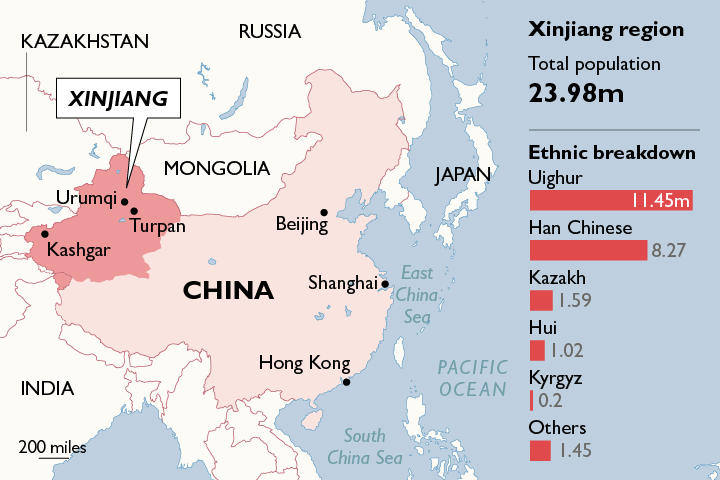7667766266
enquiry@shankarias.in
Why in news?
A set of government documents on treatment of Uighur Muslims by China was leaked in The New York Times newspaper.
Who are Uighur Muslims?

What are the issues faced by Uighurs in China?
Why is China targeting the Uighurs?
What does the documents leaked in NYT contain?
What is China’s stand on the issue?
Source: Indian Express